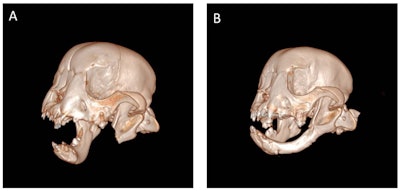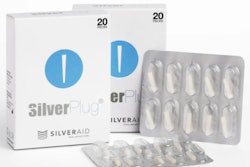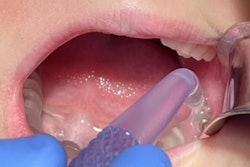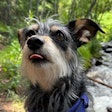
A French bulldog puppy spontaneously regrew his jaw after undergoing extensive surgery to combat a cancerous tumor in his lower left jaw, according to the Cornell University College of Veterinary Medicine (CVM).
Although there have been anecdotal cases of portions of jaws regrowing in young dogs, this is believed to be the first reported case of this phenomenon in a dog of any age or breed, according to CVM news published on February 1.
“This case documents a very positive surgical outcome in a life-threatening situation,” Dr. Alexandra Wright, a dentistry and oral surgery resident at CVM, said in the story.
A months’ old puppy
At three months old, Tyson’s veterinarian noticed a tumor in his jaw. Tyson was diagnosed with oral papillary squamous cell carcinoma, a malignant form of cancer in dogs, in the molar region of his jaw.
The puppy underwent subtotal mandibulectomy to have the tumor removed, which meant he lost most of his lower left jaw. Eight weeks later, a computed tomography scan revealed full regeneration of the left mandibular body, the authors wrote.
Seven months after surgery, Tyson showed no signs of oral pain or tumor recurrence and had a normal bite. His new jaw is nearly as functional as it was prior to surgery, according to the news.
 These 3D scans of Tyson show his removed jaw immediately after surgery (left) and eight weeks afterward (right) with the regrown mandible.
These 3D scans of Tyson show his removed jaw immediately after surgery (left) and eight weeks afterward (right) with the regrown mandible.
Tyson beat the odds possibly due to a significant amount of periosteum, a thin membrane that covers bones, that was preserved during the procedure. Periosteum, which contains blood vessels and nerves, plays a vital role in the growth of original jaw.
“Based on the spontaneous mandibular regeneration observed in this case, surgeons can consider monitoring for total or partial reformation of bone following mandibulectomy in skeletally immature dogs prior to pursuing reconstructive surgery,” Wright et al wrote in the case report, which was published in Frontiers in Veterinary Science.





